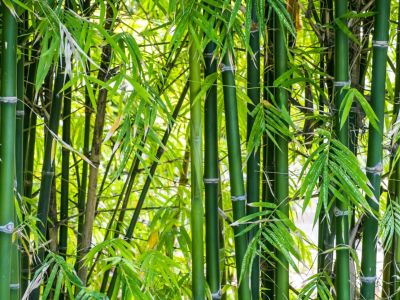Bamboo Mite Information
Bamboo mites are nothing new; experts believe they were accidentally transported from Japan, showing up in the United States as early as 1917. They are especially troublesome in Florida and on the West Coast. Although bamboo plants are also afflicted by the common spider mite, bamboo mites, which pierce the underside of leaves and suck out the juices, are more destructive. A heavy infestation of the pests can cause bamboo to take on a yellow-green appearance as photosynthesis becomes impaired. Bamboo mites are recognized by their webbing, which is usually found in dense mats on the underside of bamboo leaves. The webs, unlike the loose, messy webs created by common spider mites, are large and tightly woven. You can usually see the mites scurrying underneath the webbing.
How to Kill Bamboo Spider Mites
A small infestation of bamboo spider mites can be controlled with insecticidal soap, a pyrethrin-based spray, or a contact pesticide. However, sprays aren’t usually effective for severe infestations because the plant’s height and clumping nature prevent the substances from reaching the pests. Additionally, it is difficult to reach mites hiding under the dense webbing. A systemic miticide approved for bamboo mites is often more effective for bamboo mite control because it is absorbed throughout the plant and kills the pests as they feed. Repeat applications are usually necessary because miticides don’t kill newly laid eggs. Oil sprays, which kill adults, larva, and eggs, are effective if applied at the right time. Many growers have good luck with predatory mites, and there are several types available in the United States. Usually, bamboo mite control requires an integrated approach. Your local university cooperative extension agent can provide more information about managing bamboo mites. Most importantly, inspect bamboo plants closely before bringing them into your garden. Some garden centers fail to recognize the significance of the problem.
